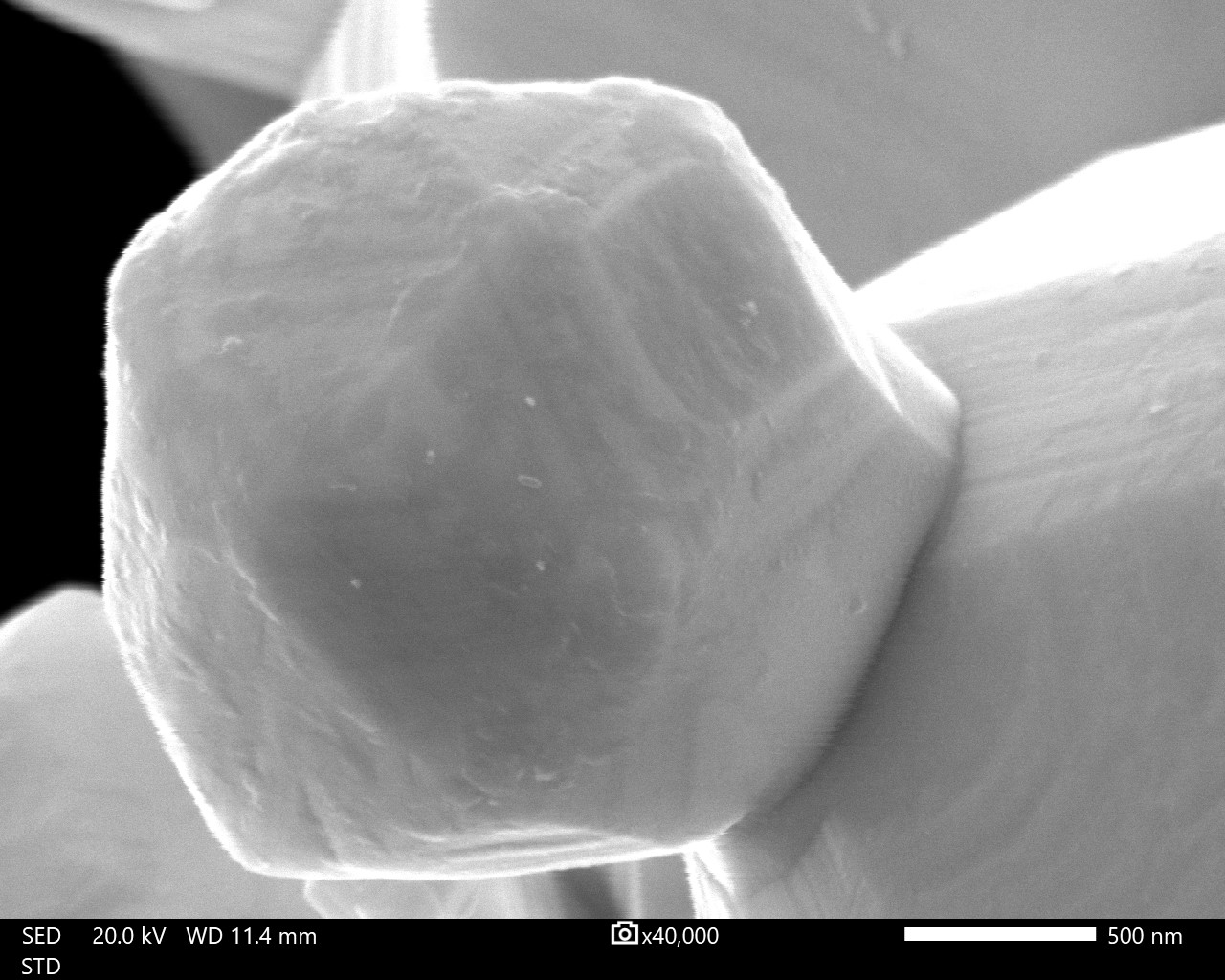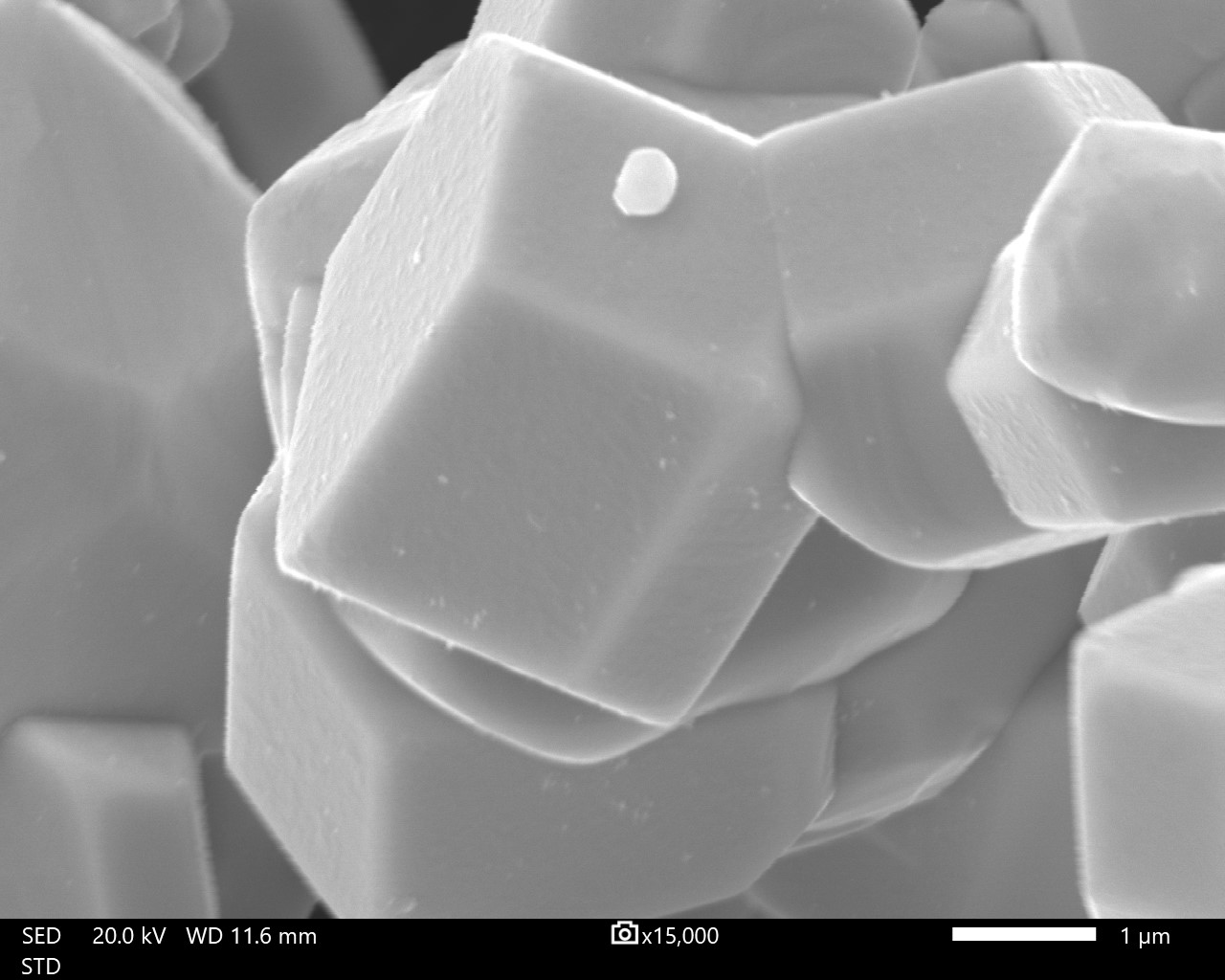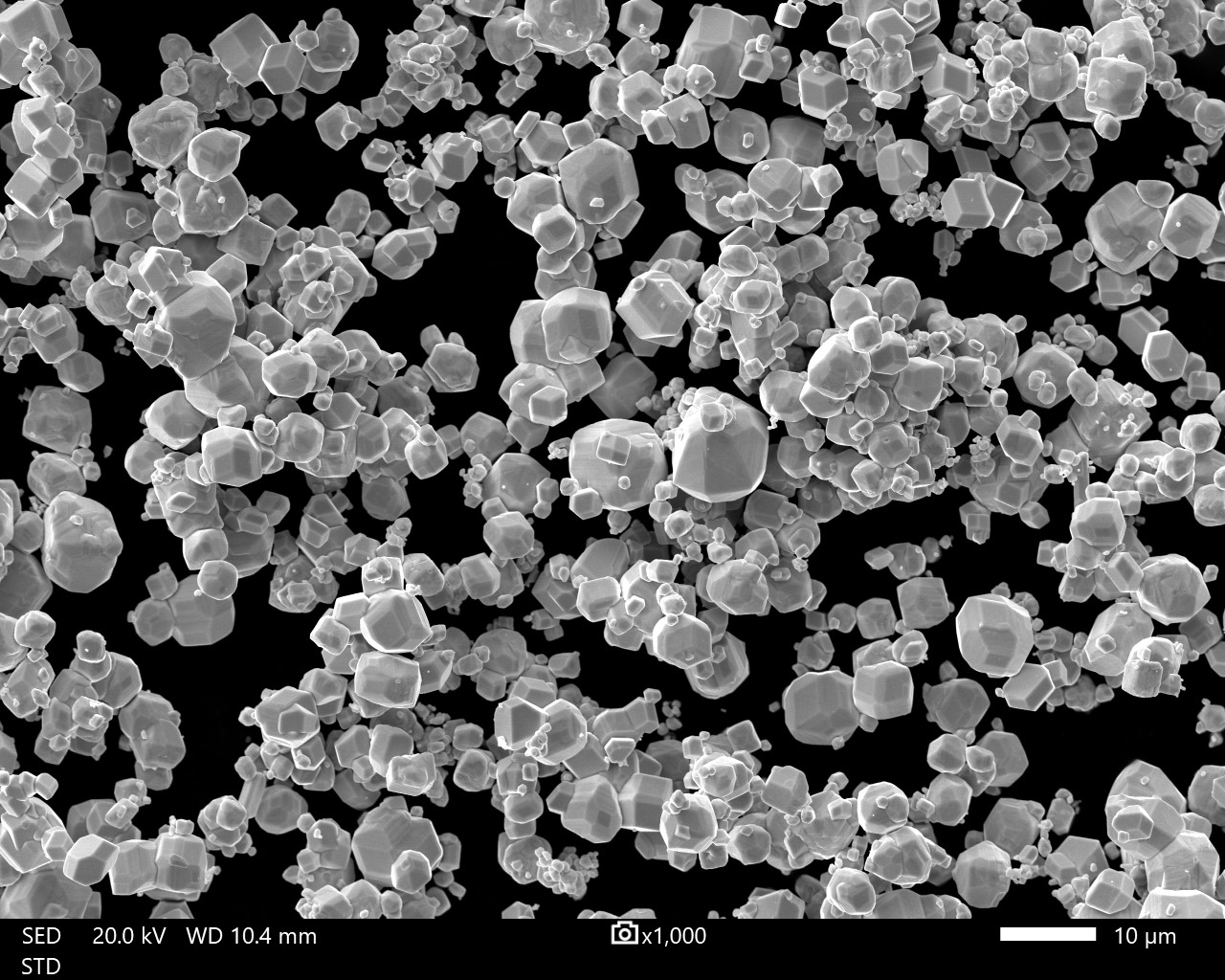In February 2022, the OMCD Group’s HI.Lab took another important step in keeping its instrumentation at the top of the technology available in the world of scientific research.
A state-of-the-art electron microscope was added to the SEM already in place for 20 years: a FEG-SEM, the JSM IT700HR from Jeol.
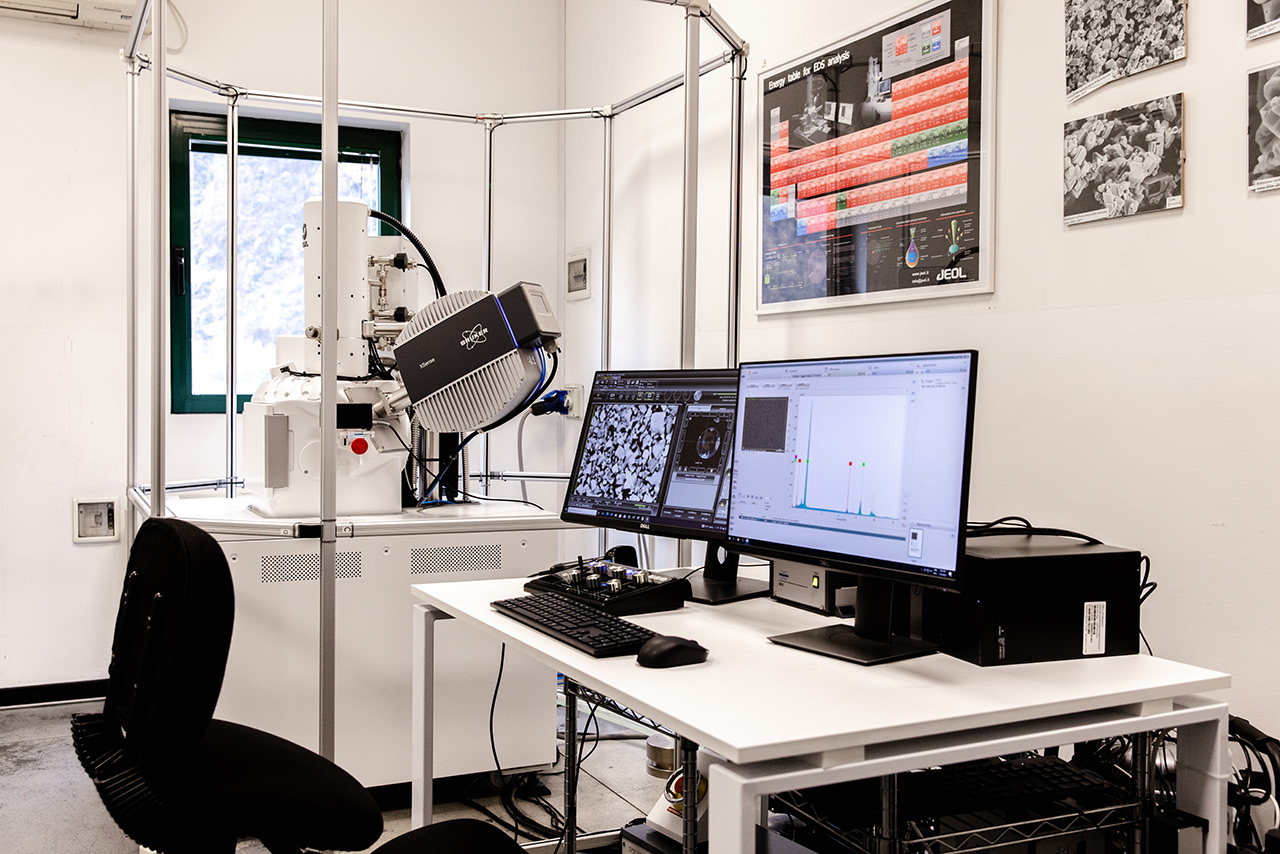
The FEG (Field Emission Gun)-SEM is equipped with a special electron source (gun): the Schottky source, consisting of a single extremely fine tungsten crystal with a zirconium oxide tank on the top. The oxide is kept molten and shaped by magnetic fields (fields); this produces a very thin source tip and thus an electron beam that allows the extraordinary resolution required to distinguish details a hundred thousand times smaller than a centimetre.
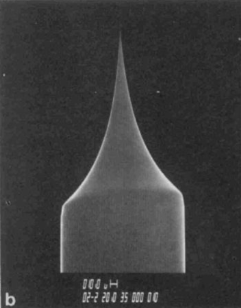
The new FEG-SEM of HI.Lab is equipped with two instruments to perform elemental composition analysis. These are two spectrometers able of detecting the X-ray radiation emitted by surfaces excited by the electrons collision and identifying the chemical elements present:
- an Energy Dispersive Spectrometer (EDS), normally supplied with all electron microscopes
- a Wave Dispersive Spectrometer (WDS), an extremely precise analysis instrument able of covering the entire spectrum of chemical elements, from the lightest to the heaviest.
By exploiting the interaction between an electron beam and the atoms that make up a surface, a FEG-SEM equipped with the EDS and WDS spectrometers can therefore produce images at magnifications that are at least an order of magnitude higher (e.g. 10000x to 100000x) than normal SEMs. It also allows quantitative analyses to be carried out on all elements, distinguishing between them even those that the EDS spectrometer alone, with which all SEMs are equipped, does not adequately distinguish.
A big advantage for OMCD Group customers, who can benefit from even more precise and reliable analyses.

